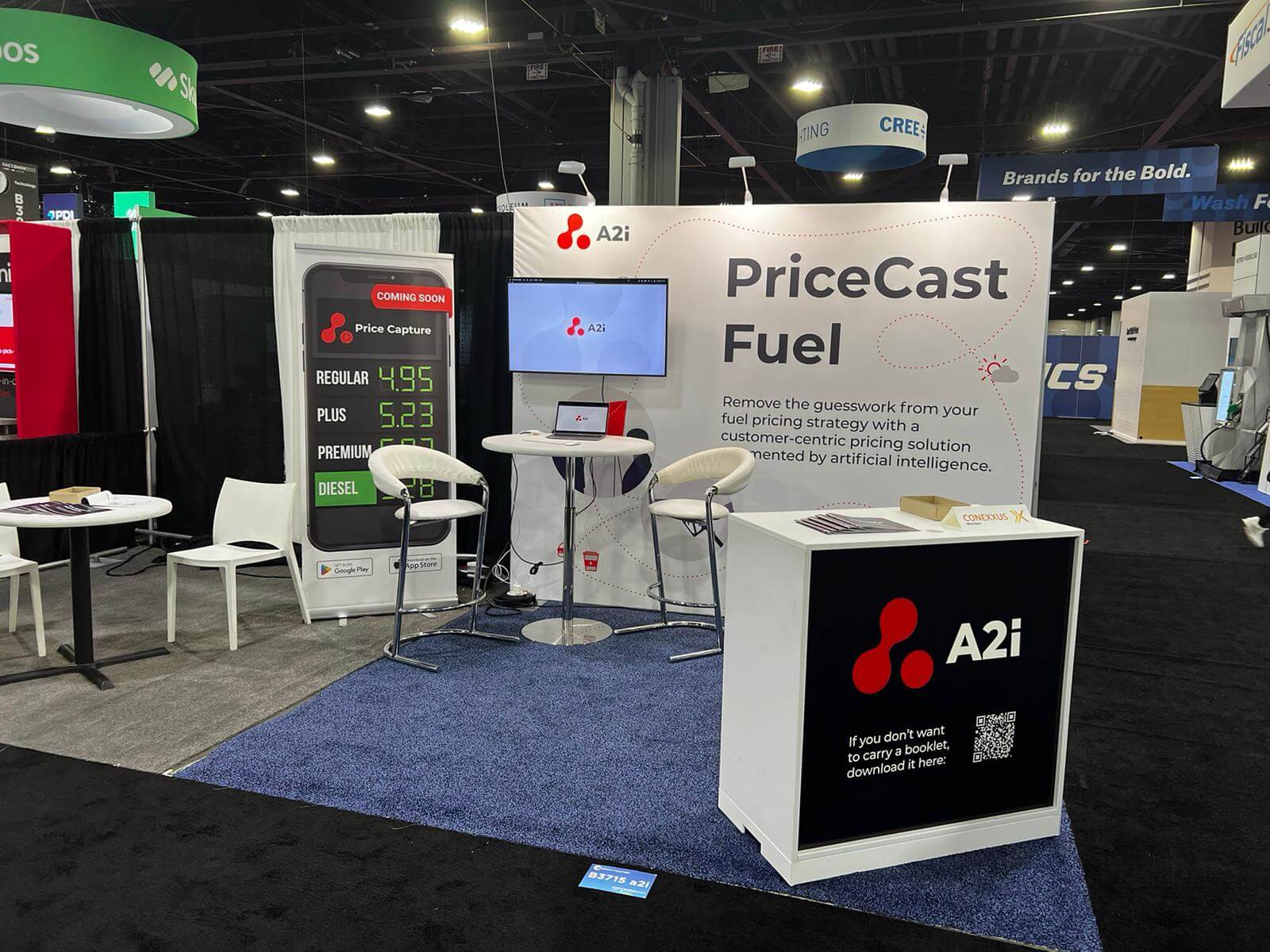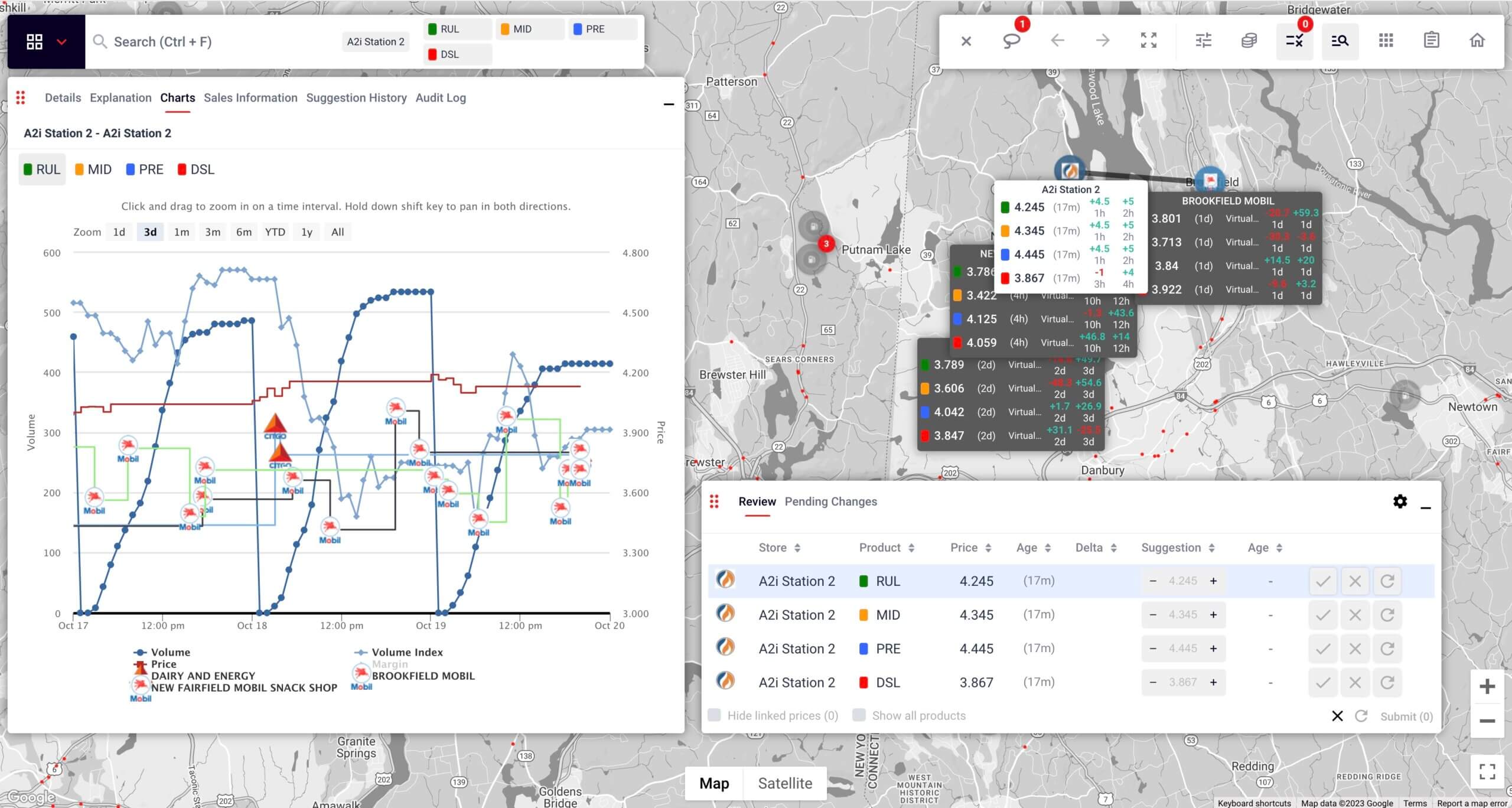Artificial intelligence pricing experts, A2i Systems (A2i) has launched a brand new mobile phone application, Price Capture, which allows users to easily capture data from price signs with a click of a button.

Users can simply use their smart phone camera to take a picture of a price sign, feeding the data directly into their system without the need for manual price entry. The app, which is already in use in Europe, is an ideal solution for locations where the data feeds are not as strong or for retail networks that would prefer to generate their own data feed.
Once the data is fed into the system this can then be used to make data-driven pricing decisions, whether using artificial intelligent pricing or not. For retailers implementing PriceCast FueI, the competitor data, alongside transactional and traffic data, can be used to predict emerging customer behaviours. AI models correlate incomplete and noisy data streams to make the data actionable, meaning retailers can then prompt the system for an optimal pricing strategy. Depending on the stage of AI adoption, retailers can either use the information to qualify their decision making, ask the AI to come up with a solution or, for fully autonomous users, the AI will take the decision itself.

This was A2i’s second year at the NACS Show and, CEO and Founder Frodi Hammer noticed a shift in the attitudes towards artificial intelligence in the past year, he said: “More and more retailers are aware that they need to be using AI. Thanks to ChatGPT, people have seen that AI isn’t scary but a useful tool that can support business. Last year we had a lot of interest from larger networks but we are really starting to see smaller retail networks recognise the benefits of AI and how it can help them to automate their systems and processes.”

A2i’s PriceCast Fuel customers will also now benefit from the next-generation Dashboard 4. The new dashboard was built from the ground up working alongside existing customers. The result is a user-friendly, customisable dashboard that allows users to run several work flows seamlessly. The modular set-up allows users to configure the dashboard to suit the way they work.
“Dashboard 4 is a complete rebuilding of the dashboard. We listened to our customers and worked with them to create a system that works for them. The dashboard can be tailored to the customer and we have followed best practices throughout to create a great user experience,” added Frodi.

